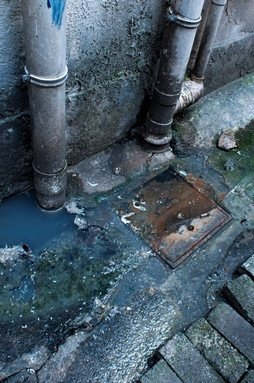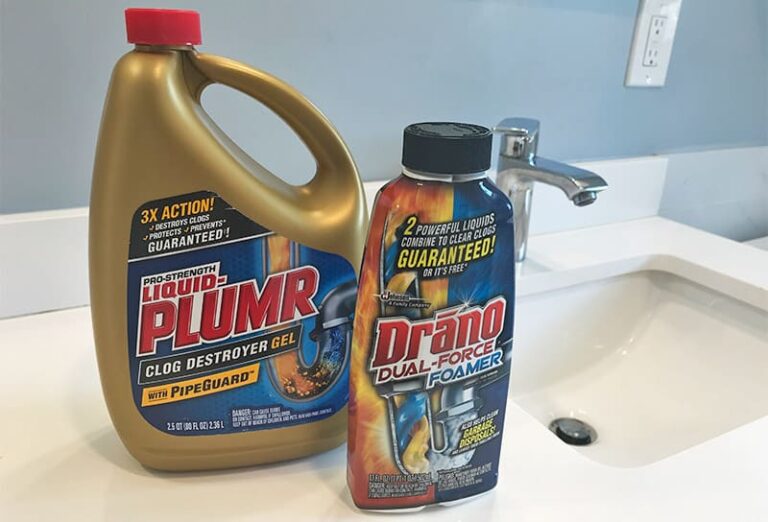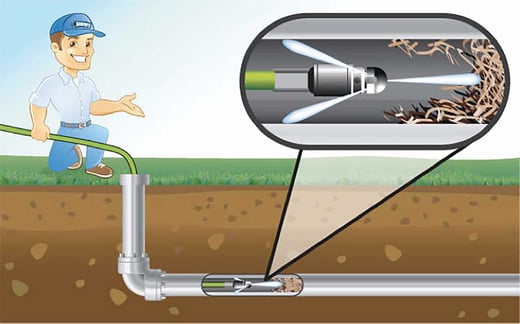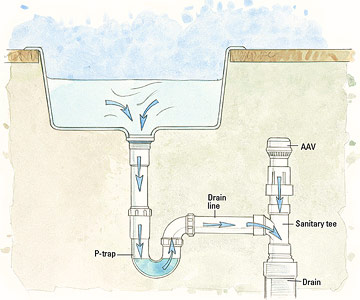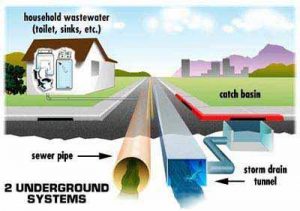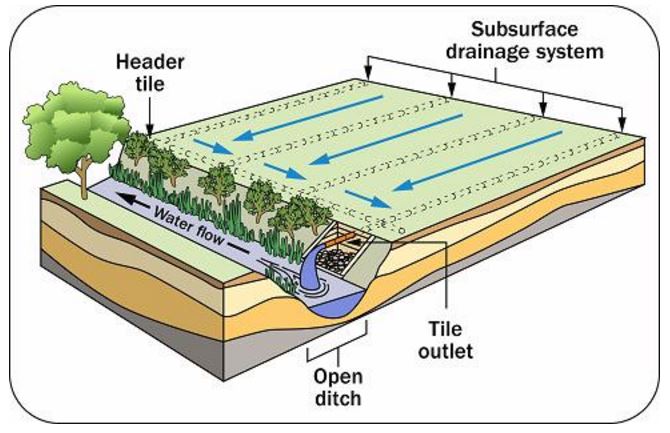What Is A Defective Drain?
A defective drain is a plumbing issue that occurs when a drain line is blocked, clogged, or damaged. This can be a major problem since it can cause water to back up and overflow, leading to a messy and potentially hazardous situation. Defective drains can often be caused by improper installation, debris buildup, tree roots, corrosion, or even damage from animals. If not promptly addressed, defective drains can lead to serious water damage and even structural damage. Fortunately, most defective drains can easily be fixed by a professional plumber.
Definition of a Defective Drain
A defective drain is an inoperative drain that is unable to properly remove wastewater from a home or building. This can be caused by a variety of factors, including clogs, blockages, or breaks in the pipes. A defective drain can cause serious damage to a home or building if not addressed promptly. In addition, it can become a breeding ground for dangerous mold, mildew, and bacteria.
To identify a defective drain, it is important to look for signs of a clog or blockage. Common signs include slow drainage, water backing up in the shower, sinks, or toilets, and foul odors coming from the drain. If any of these signs are present, it is likely that the drain is defective and needs to be repaired or replaced.
In some cases, a defective drain can be repaired by unclogging it or replacing the pipes. However, if the damage is too extensive, a professional plumber may need to be called in to replace the entire drain system. Regardless of the cause, it is important to address the issue as soon as possible to prevent further damage or health hazards.
Causes of Defective Drains
A defective drain is a common plumbing issue that can cause a wide range of problems in the home or office. The causes of a defective drain can vary depending on the age of the pipes, the type of material used, and the current condition of the drain. In some cases, a defective drain may be caused by a build-up of debris, such as soap scum, hair, and food particles. In more serious cases, a defective drain can be attributed to a broken or corroded pipe, a leak in the joint, or a blockage due to tree roots. In all cases, regular maintenance and inspection of drains can help prevent these problems.
It is also important to ensure that drainage systems are properly installed and maintained by a qualified professional. Poor installation can create hidden problems that can lead to a defective drain. Additionally, a lack of regular maintenance can cause the buildup of debris, corrosion, and the growth of tree roots, all of which can cause serious drain issues.
Ultimately, addressing a defective drain quickly is essential to protect the health and safety of your family and to avoid costly repairs. If you suspect that you have a defective drain, it is important to contact a professional plumber for an inspection. A professional plumber can identify the source of the problem and provide the necessary repairs to ensure that your plumbing system is functioning properly.
Symptoms of a Defective Drain
Drains are essential components of our plumbing system, but they can easily become defective due to several reasons. Understanding the symptoms of a defective drain is an important step in preventing major plumbing problems. A defective drain can manifest itself in a variety of ways, from clogs and slow drainage to foul odors and water hammer.
Clogs are one of the most common signs of a defective drain. If your drain is clogged or slow to drain, it’s a good idea to clean it out as soon as possible. Over time, clogs can cause a backup of sewage and water, which can lead to additional plumbing problems.
Foul odors from your drains are also a sign of a defective drain. If you start to smell a noxious odor coming from your drains, it’s usually a sign that there is a gas or sewage buildup somewhere in the plumbing system.
Water hammer is also a common symptom of a defective drain. This occurs when water from the pipes travels too quickly, causing a loud banging noise. If you hear this noise from your pipes, it’s a good idea to get your drains checked out right away.
Finally, if your drains are leaking, it’s a sign that something is wrong. Leaks can be caused by faulty pipes, damaged seals, or clogs. If you notice a leak, it’s important to get it fixed as soon as possible to avoid any further damage.
By knowing the symptoms of a defective drain, you can take action to prevent major plumbing problems. If you notice any of these symptoms, it’s a good idea to have your drains checked out by a professional plumber.
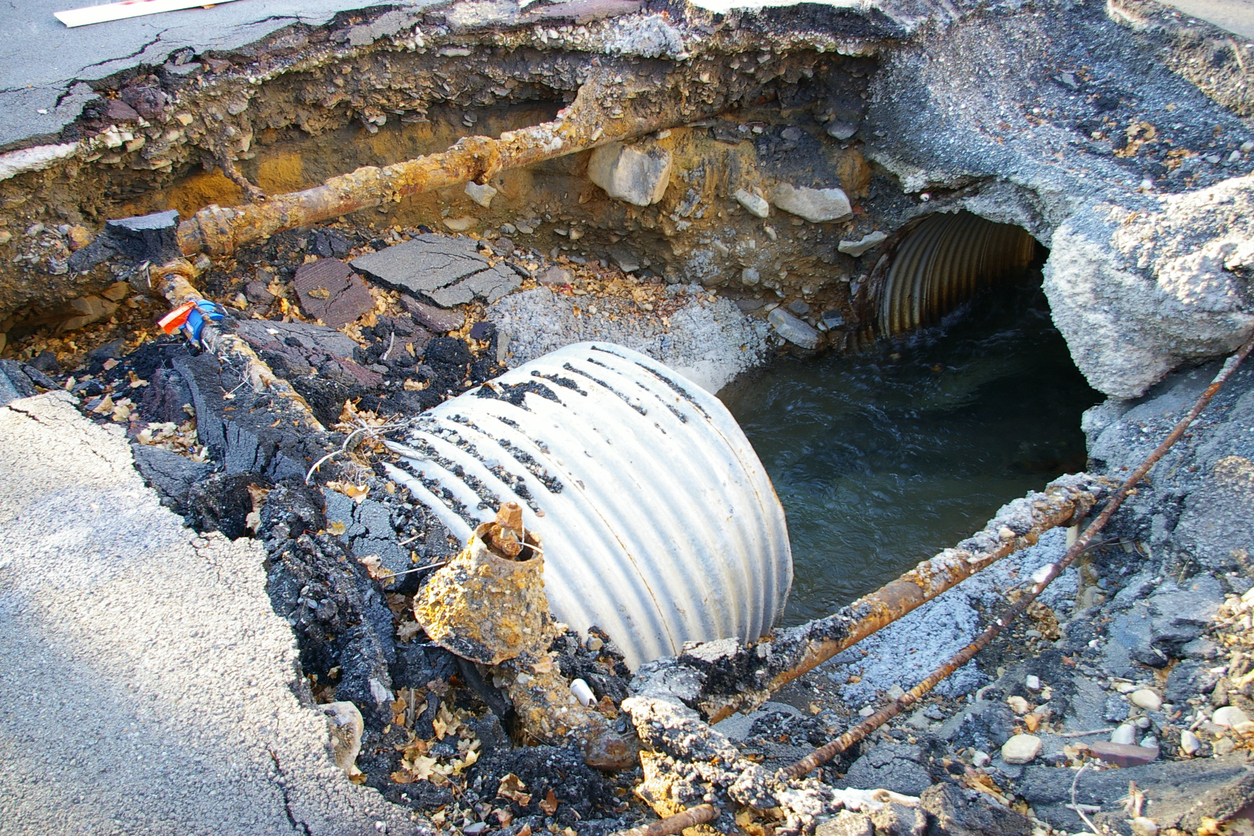
How to Diagnose a Defective Drain
Defective drains can be a major headache for homeowners. Not only do they cause a mess in the home, but they can also be costly to repair. The best way to avoid expensive damages is to diagnose a defective drain before it becomes a problem. The key to successful diagnosis is to understand the signs and symptoms of a faulty drain.
The most common sign of a defective drain is slow-draining water, which typically occurs when a drainpipe is clogged. You may also notice that the water in the sink or bathtub is not draining at all, or it is draining very slowly. If the water is draining slowly, there could be a blockage in the drainpipe or the drain trap.
Another symptom of a defective drain is a persistent odor coming from the drain. This is usually caused by a buildup of waste and bacteria, which causes the smell. If the smell persists, the drain likely needs to be cleaned or repaired.
If you notice any of these signs, it is important to speak to a qualified plumber to diagnose and repair the drain. A professional plumber can inspect the drain and the drainpipe, and they can use specialized tools to unclog the drain or repair the drainpipe if necessary.
By understanding the signs of a defective drain, you can help avoid costly repairs and the mess of a clogged drain. If you believe that you have a defective drain, contact a qualified plumber to diagnose and repair the drain.
Repairing a Defective Drain
A defective drain can cause a variety of problems in a house or business. From foul odors to clogged drains, it can be a nuisance to deal with. Fortunately, there are a few steps you can take to repair a defective drain. By understanding the cause of the issue and taking the proper steps to rectify it, you can restore your plumbing system to its former glory.
First, it is important to determine the cause of the defect. This can range from a clog caused by debris, to a damaged pipe, or even an improper installation. Once you have identified the root of the problem, you can decide whether to repair or replace the drain. If the defect is minor, you may be able to clear the blockage with a plunger or snake. If the defect is more serious, however, you will likely need to replace the drain.
In addition to clearing or replacing the drain, it is important to inspect the entire system for any additional defects. If the problem is a result of a larger problem, such as poor plumbing installation, you may need to hire a professional to inspect the entire system. By addressing all the issues, you can ensure that the defective drain is repaired for good.
In conclusion, a defective drain can be a major headache for homeowners and business owners. By understanding the cause of the defect and taking the necessary steps to repair or replace it, you can restore your plumbing system to its former glory.
Preventing Defective Drains
When it comes to plumbing, a defective drain is a serious problem. It can cause water damage, lead to unpleasant odors, and create a hazardous environment. But what causes a drain to become defective in the first place? Knowing the common causes of defective drains can help you prevent them from happening in the first place.
One of the most common causes of defective drains is improper installation. If a drain isn’t installed properly, it can lead to leaks, clogs, and other problems. To prevent this, make sure to hire a qualified professional who is experienced in installing drains.
Another common cause of defective drains is using the wrong materials. Some materials are not suitable for use in drains, and using them can cause leaks and other issues. Be sure to use the correct materials for your drain installation and replacement projects.
In addition, debris and other objects can cause defective drains. Be sure to regularly inspect your drains for any signs of debris or blockages. If you find any, take action immediately to clear them.
Finally, damaged pipes can also cause defective drains. Over time, pipes can become corroded or damaged due to weather, wear and tear, or other factors. To prevent this, inspect your pipes regularly and replace them as needed.
By understanding the common causes of defective drains, you can take the necessary steps to prevent them from occurring. Regular inspections, proper installation, and the use of the right materials can all help keep your drains in good working order.
FAQs
Q: What is a defective drain?
A: A defective drain is a plumbing fixture, such as a sink, bathtub, or toilet, that is not draining properly due to a blockage or other issue.
Q: How do I know if I have a defective drain?
A: You may notice water not draining properly or a strange smell coming from the drain. You may also notice water pooling around the base of the drain or even hear gurgling noises.
Q: How can I fix it?
A: Depending on the severity of the issue, you may be able to clear the blockage yourself using a plunger or chemical cleaners. If the issue is more serious, you may need to call a plumber to inspect and repair the drain.
Conclusion
A defective drain can cause a wide variety of plumbing issues that can be difficult and costly to repair. Defective drains can include broken pipes, blocked pipes, or a buildup of sediment or debris in the pipes. It is important to identify the issue quickly and take the necessary steps to ensure that the problem is addressed before it causes further damage and becomes more costly to repair. Additionally, it is important to regularly maintain and inspect your home’s plumbing to prevent defective drains from occurring in the first place.

